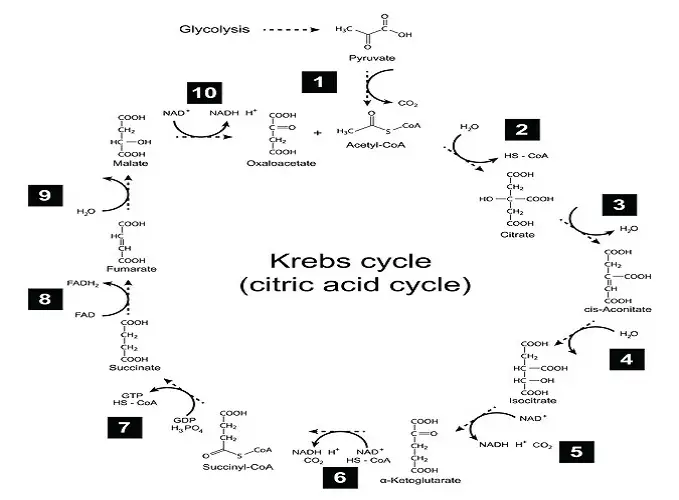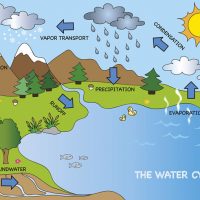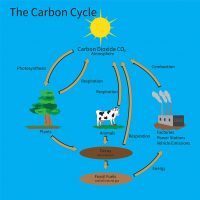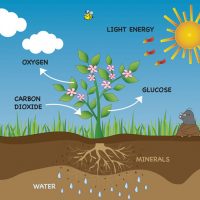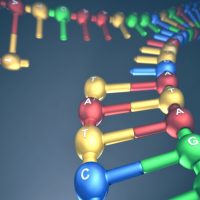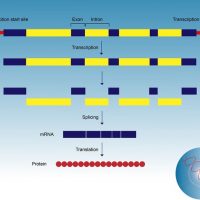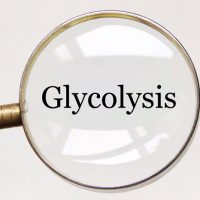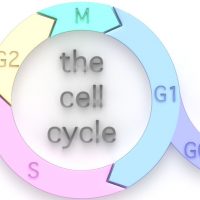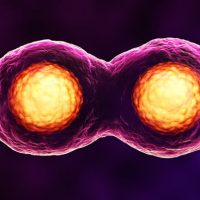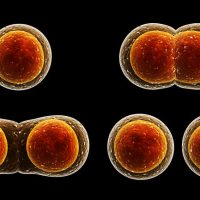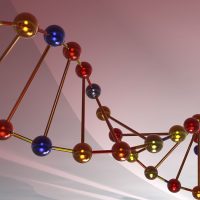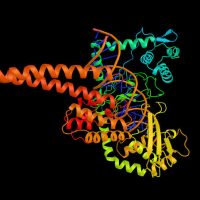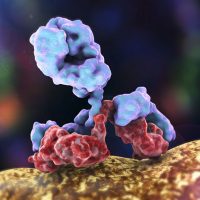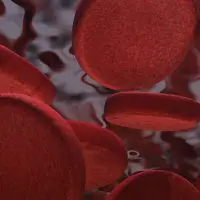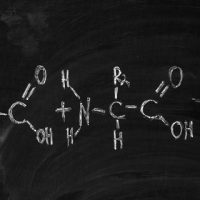Cellular respiration is a catabolic pathway in which foods are broken down to produce a usable form of energy called adenosine triphosphate (ATP). This process occurs in a series of stages, starting with glycolysis. In the presence of oxygen, glycolysis is followed directly by pyruvate oxidation and then the Krebs cycle.
The Krebs cycle
Also referred to as the citric acid cycle or the tricarboxylic acid cycle, the Krebs cycle is a series of simple chemical reactions that take place in the matrix of the mitochondria.
Where does the Krebs cycle take place?
The Krebs cycle takes place in the matrix of the mitochondria.
There are 8 steps in the Krebs cycle, and the final step regenerates one of the reactants of the first stage, making the whole process cyclical.
Krebs cycle products
For each “turn” of the Krebs cycle, 2 carbons enter the cycle in the form of acetyl-CoA (the final product of the previous stage, pyruvate oxidation) and join with a molecule of oxaloacetate.
During the cycle, two carbons are released as CO2, to eventually be breathed out as a waste product. In addition, one molecule of ATP is produced and electrons are shifted to create 4 co-enzymes, 3 NADH and 1 FADH2.
The last step of the cycle regenerates oxaloacetate, which can then bond with another acetyl-CoA and start the process all over again.
The Krebs cycle “turns” twice for every glucose molecule that is processed by cellular respiration.
By step 4 of the Krebs cycle, the original glucose molecule in cellular respiration has been totally consumed and its 6 carbons have left as carbon dioxide.
All that’s left of the glucose is most of its energy in the form of ATP and 12 co-enzymes (NADH and FADH2, produced throughout respiration), which will move onto the electron transport chain to help create a proton gradient and ultimately generate more ATP.

